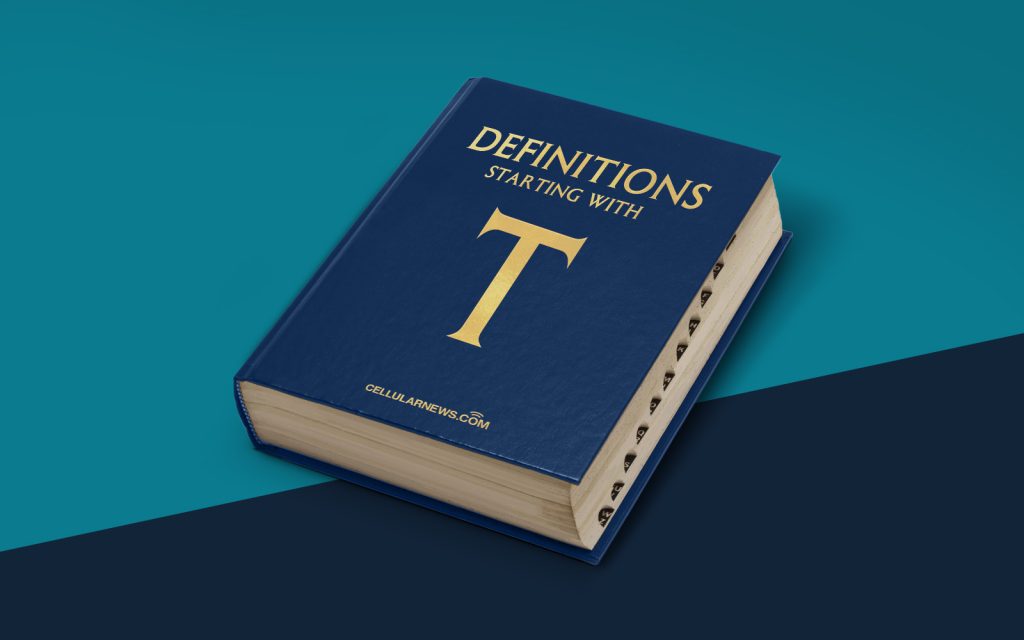
Understanding Texture Elements: Unraveling the Mystery of Texels
When it comes to visual design and computer graphics, texture plays a crucial role in creating realistic and immersive experiences. You might have come across the term “Texel” or “Texture Element” while exploring the world of digital art or video game development. But what exactly is a Texel, and why is it important? Let’s dive in and uncover the secrets behind this fascinating aspect of visual design.
Key Takeaways:
- A Texel is a single pixel or discrete unit within a texture map.
- It represents the smallest unit of a 3D texture.
What is a Texel?
A Texel, short for Texture Element, is the fundamental building block of a texture. It refers to a single pixel or discrete unit within a texture map, which contains information about the surface characteristics and appearance of an object in a 3D space. Just as a pixel represents the smallest unit of a 2D image, a Texel represents the smallest unit of a 3D texture. In simpler terms, a Texel is like a tiny virtual paintbrush stroke that contributes to the overall texture of an object.
Why are Texels Important?
Texels serve as the building blocks of textures and play a significant role in enhancing the realism and detail of 3D objects in computer graphics. Here are a few reasons why Texels are important:
- Texture Detail: By using Texels, designers can add intricate details to objects, such as fine lines, bumps, scratches, or patterns. Texels allow for high-resolution texturing, ensuring that objects in games or visual effects appear lifelike and visually appealing.
- Efficiency: Since Texels represent the smallest unit of a texture, they contribute to optimizing memory usage and rendering performance. By using Texels strategically, developers can pack more detail into a texture map without sacrificing the overall performance of a game or application.
Texels are a vital component in the realm of computer graphics, and understanding their role allows designers and developers to create visually stunning and realistic 3D environments. By harnessing the power of Texels, artists can immerse users in captivating digital worlds, while optimizing performance to offer smooth and seamless experiences.
So, the next time you come across the term “Texel” or “Texture Element,” remember that it’s the microscopic pixel that forms the foundation of breathtaking visual design and the key to unlocking realistic 3D experiences.
